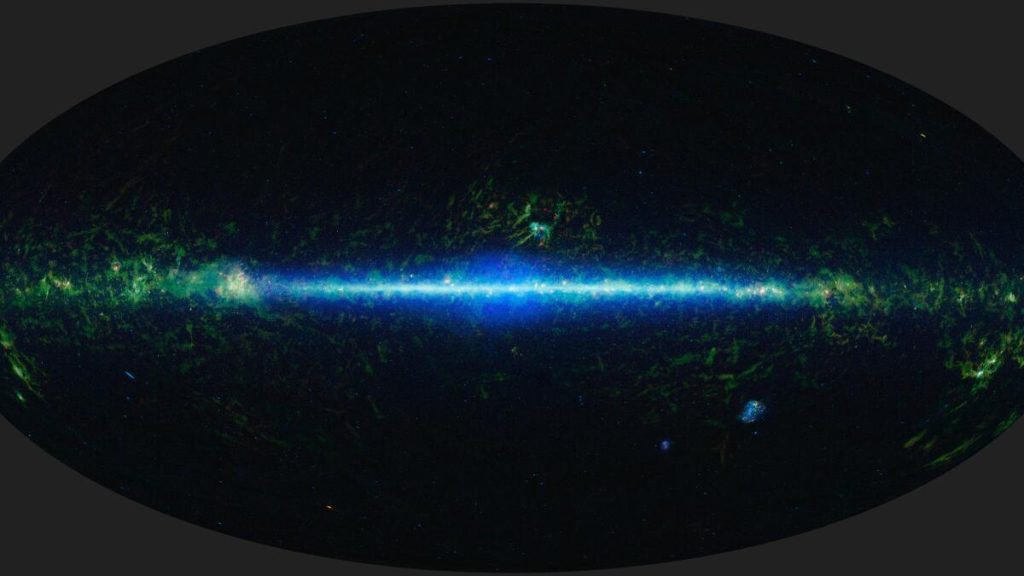Using images from a NASA telescope, three amateur scientists discovered a star-like object sprinting through space — so fast, in fact, it’ll whiz right out of the Milky Way.
This freak of nature, traveling about 1 million mph, will escape the clutch of the galaxy. It’s the first time anyone has found something this massive at that incredible speed.
“I can’t describe the level of excitement,” said Martin Kabatnik, one of the discoverers, in a statement. “When I first saw how fast it was moving, I was convinced it must have been reported already.”
But what exactly is this thing?

Scientists say CWISE J1249 could be a low-mass star or a brown dwarf, an object that is not quite a star or a gas giant planet like Jupiter, but something else in between.
Credit: NASA illustration
It’s not a comet or an asteroid. Scientists say it could be a low-mass star or a brown dwarf, an object that is not quite a star or a gas giant planet like Jupiter, but something else in between. Experts sometimes describe brown dwarfs as failed stars: not massive enough to generate their own nuclear power.
Although brown dwarfs aren’t all that rare, this object, dubbed CWISE J1249, is unusual because it’s about to escape into intergalactic space. And it has one other weird trait: The object has much less iron and other metals typically found in stars and brown dwarfs, according to data collected by the W.M. Keck Observatory in Hawaii, suggesting CWISE J1249 is so ancient, it could be among the first generation of stars birthed in the galaxy.
Mashable Light Speed
The citizens who made the discovery a few years ago through NASA’s Backyard Worlds: Planet 9 project, including Thomas P. Bickle and Dan Caselden, just became coauthors of a paper published in the Astrophysical Journal Letters.

Engineers assemble the WISE spacecraft in 2009 at the Space Dynamics Laboratory in Logan, Utah.
Credit: SDL / NASA
The telescope responsible for the images is NASA’s WISE spacecraft, short for the Wide-field Infrared Survey Explorer. It scanned the sky at infrared wavelengths between 2009 and 2011, finding distant light sources by sensing their heat. But the Earth-orbiting telescope ran out of its supply of frozen hydrogen, which kept it cool, so the space agency put it into hibernation.
Two years later, NASA awoke the spacecraft, renaming it NEOWISE, to hunt for potentially hazardous near-Earth objects, like asteroids and comets. Over its lifetime, the telescope studied well over 44,000 objects, including its namesake, Comet NEOWISE.
Despite its many accomplishments, NASA retired the mission just last week because the spacecraft will soon drop too low in orbit to provide any more useful data.

Scientists will continue to study CWISE J1249 to try to discern whether it’s a brown dwarf or a low-mass star.
Credit: NASA / ESA / Joseph Olmsted illustration
The work on CWISE J1249 is not complete. Scientists will continue to look for clues about the root cause of its speed. After all, something major must have happened to send it hurtling through the cosmos. For comparison, Earth’s solar system is moving at an average of 450,000 mph.
One idea is that the object was once part of a binary star system with a white dwarf, a tiny remnant of a star that has run out of nuclear fuel, which exploded when it pulled off too much material from its companion.
Another idea is that it came from a tight-knit group of stars known as a globular cluster that encountered a pair of black holes. The complex dynamics of such an interaction can cast a star right out of the group.
